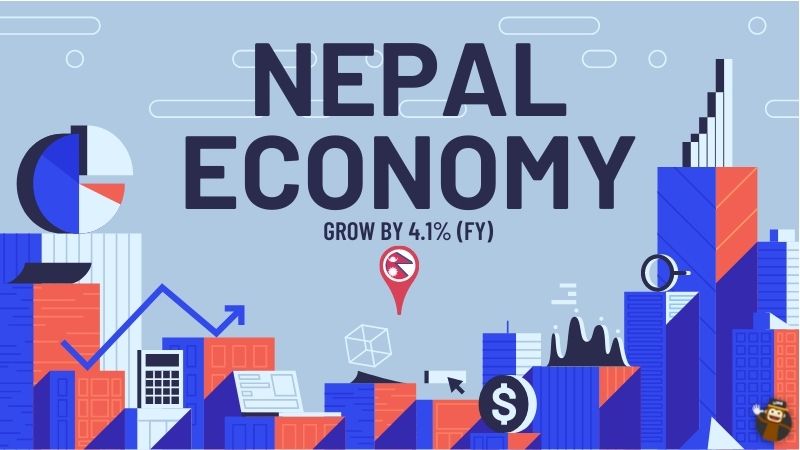The Nepalese economy is a developing economy with an agricultural sector that employs a significant portion of the population. The country is heavily dependent on remittances from its citizens working abroad, which make up a significant part of its Gross Domestic Product (GDP). Despite this, poverty remains a major challenge in Nepalese society, with over a quarter of the population living below the poverty line. The Nepalese economy also faces challenges such as political instability, weak institutions, corruption, and a shortage of skilled workers. In recent years, the Nepalese government has launched initiatives to promote economic growth and reduce poverty, including investment in infrastructure, tourism, and manufacturing. However, significant challenges remain, and the Nepalese economy requires continued support and investment to reach its full potential.
Some of the major challenges of the Nepalese economy are:
Political instability: The constant change of political parties and leadership has a significant impact on the Nepalese economy. It results in instability, uncertainty, and unpredictability in the business environment.
Inadequate Infrastructure: A lack of basic infrastructure, including electricity, transportation, communication, and healthcare, makes it difficult for businesses to function effectively.
Corruption: Corruption has a negative impact on the Nepalese economy. It undermines trust in government institutions, discourages investment, and reduces the competitiveness of the country.
Unemployment: The Nepalese economy faces high levels of unemployment, particularly among young people. This is a major challenge to the country’s economic development and social stability.
Low Investment: The Nepalese economy has low levels of foreign direct investment, which hinders its growth and development. This is due to several factors including political instability, corruption, and inadequate infrastructure.
Poverty: Poverty is a major challenge in Nepalese society. More than a quarter of the population lives in poverty, which limits their ability to access essential services and opportunities.
Unskilled Workforce: The Nepalese economy faces a shortage of skilled workers, particularly in areas such as engineering, technology and management. This limits the country’s ability to compete in a globalized economy.
Natural Disasters: The Nepalese economy is vulnerable to natural disasters such as earthquakes, floods, and landslides. These events cause significant economic losses and can disrupt economic activity for extended periods.
Trade Barriers: The Nepalese economy faces trade barriers, particularly in its trade with India, which is its largest trading partner. These barriers include restrictions on the movement of goods, tariffs, and non-tariff measures.
Dependence on Remittances: The Nepalese economy is heavily dependent on remittances from its citizens working abroad. This dependence makes the economy vulnerable to changes in the global economy.
Weak Institutions: The Nepalese economy faces weak institutions, including ineffective and inefficient government agencies, low levels of accountability, and limited public trust in government.
Lack of Access to Finance: Many small businesses in Nepalese face challenges accessing finance, particularly those in rural areas. This limits their ability to grow and create new jobs.
Inadequate Health and Education: Nepalese citizens face limited access to quality health and education services. This limits the ability of the country’s workforce to participate fully in the economy and contributes to poverty.
Limited Resource Mobilization: The Nepalese government faces challenges mobilizing resources to finance its development activities. This limits the country’s ability to address the major challenges facing its economy.
Income Inequality: Nepalese society faces significant income inequality, with a small number of citizens controlling a large share of the country’s wealth. This undermines social stability and limits the potential for economic growth.
The Nepalese economy is facing numerous challenges that limit its potential for growth and development. Addressing these challenges will require sustained effort and investment in institutions, technical expertise, and governance systems. The Nepalese government and the international community must work together to create an environment that supports economic growth and reduces poverty.


Post a Comment